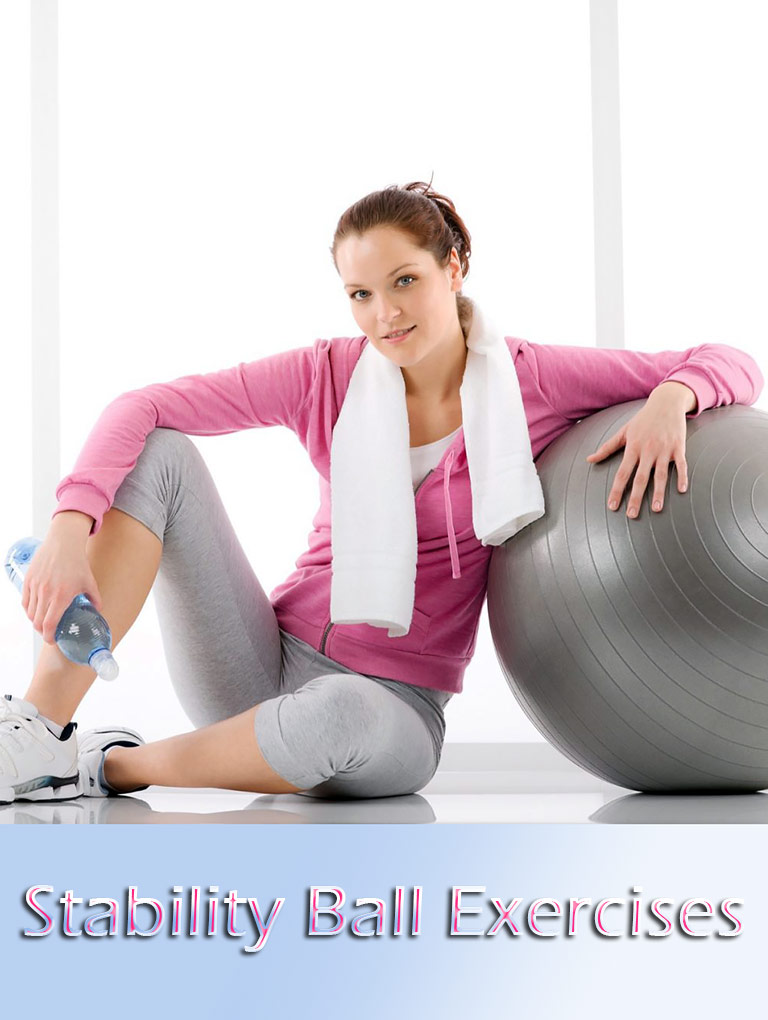
Stability Ball Exercises have become a staple in most gyms. Talk of strengthening the “core” for more functional training is heard more and more often.
Because of the unstable surface, Stability Ball Exercises have been shown to improve balance, coordination, core strength, and flexibility, but how do you progress in the level of exercising on the Stability Ball?
Here are some rules to remember when you get started with your Stability Ball Exercises Fitness routine:
- The size of the ball is dependent on your height. When you sit on the ball, there should be 90 degrees of bend and the knee and hip joint.
- A beginner may want to use a slightly under-inflated ball. This allows the body to move more easily on it.
- Make sure there is plenty of room around you. Stay a few feet away from walls, people or other objects that you may collide with if you fall off the ball.
- Start gradually with small, easy movements. Decreasing the range of motion of your arms and legs will keep you more balanced. The farther you extend body parts away from the ball, the more difficult it will be.
Take a look at a few Stability Ball Exercises so you can learn how to progress in your core:
Push-Ups
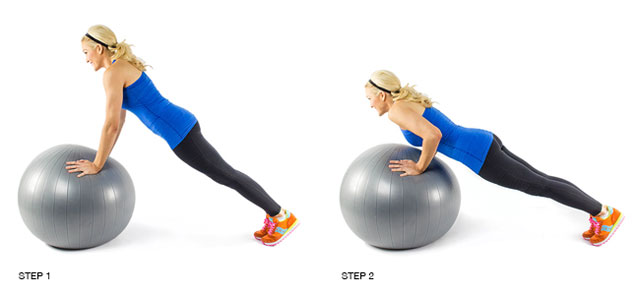
The push-up begins with your stomach on the ball walking out to a plank position.
- Beginner Level Push-up – Walk out just a couple of steps so your pelvis and the upper part of your thighs are supported on the ball. Your hands are directly under your shoulders on the floor and your legs are extended off the ball parallel to the floor.
Bend your arms to lower your chest between your hands and then press straight up. Imagine you are a teeter-totter and when your upper body goes down, your legs go up and vice versa. - Advanced Push-up – Walking farther away from the ball in plank position makes this Swiss Ball Exercise more difficult. For instance, walk out until you feel your knees and even your shins only on the ball.
This means you have more of your body weight to push because less is supported on the ball. Complete as many push-ups as you can.
Squats
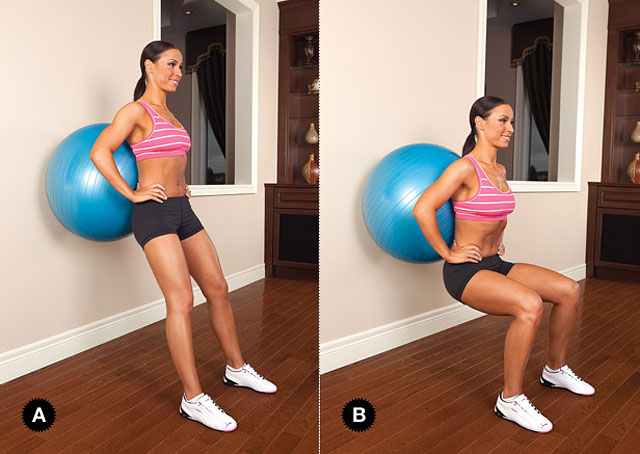
Squats can be done against the wall or lying on the ball. They work all the large muscle groups of the legs.
- Beginner Level Squat – Place the ball against the wall and lean your lower back into it with your feet out in front of you. Walk your feet away from the wall so you are leaning into the ball. Feet should be about shoulder width apart.
Bend your knees sitting back over your heels like you are going to sit in a chair. Don’t bend any lower than 90 degrees. Then straighten your legs back to starting position. - Advanced Squat – This exercise involves lying with your back on the ball, head and shoulders supported, hips lifted, and ankles under your knees.
Lower your bottom straight down to the floor keeping your shins perpendicular to the floor. Then, using your hams and gluteal muscles, squeeze and lift your bottom back up until it is parallel to the floor. Keep the ball as still as possible when doing this.
Bridges
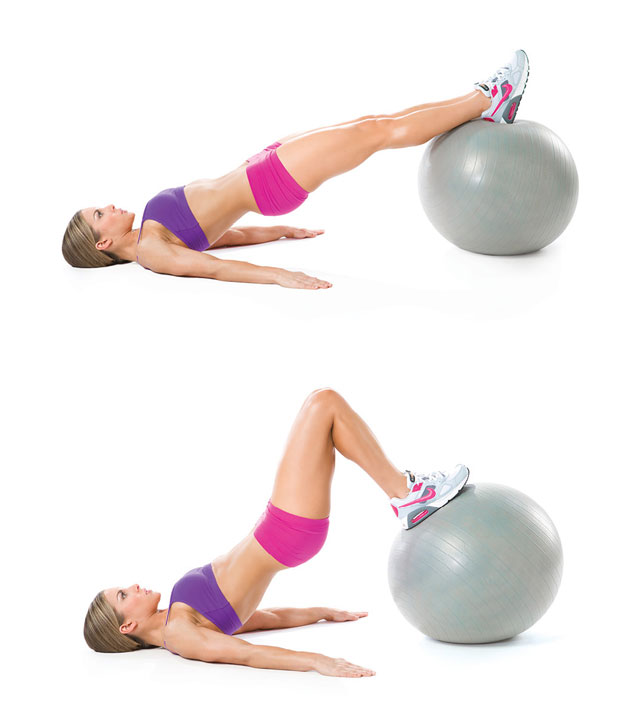
This involves lying on a mat on your back with your feet and ankles on top of the Stability Ball.
- Beginner Level Bridges
With your feet hip width apart on top of the ball, slowly curl or peel your spine up off the floor, lifting your hips to the ceiling.
The arms are stabilizing at your side and you should feel your shoulders pressing into the mat and feet pressing into the ball. Roll the spine back down, vertebrae by vertebrae. - Advanced Level Bridges
While up in the bridge attempt to raise one, then both arms up to the ceiling. Also, attempt to raise one leg at a time off the ball with your arms down for support.



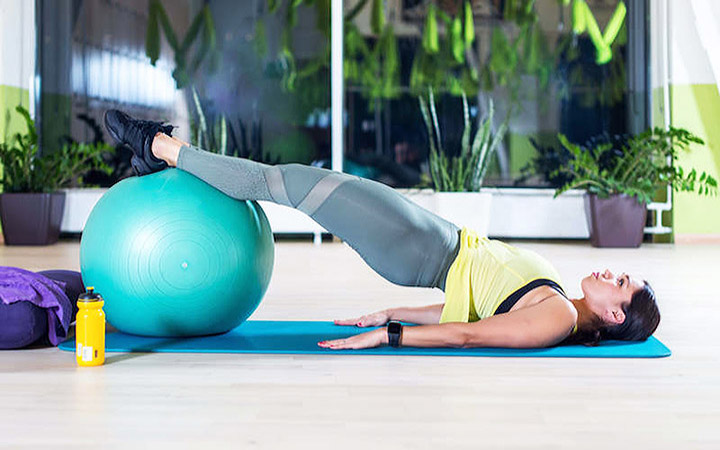
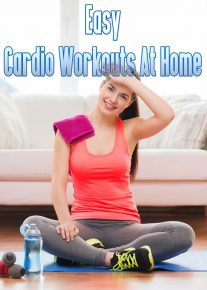
Leave a Reply